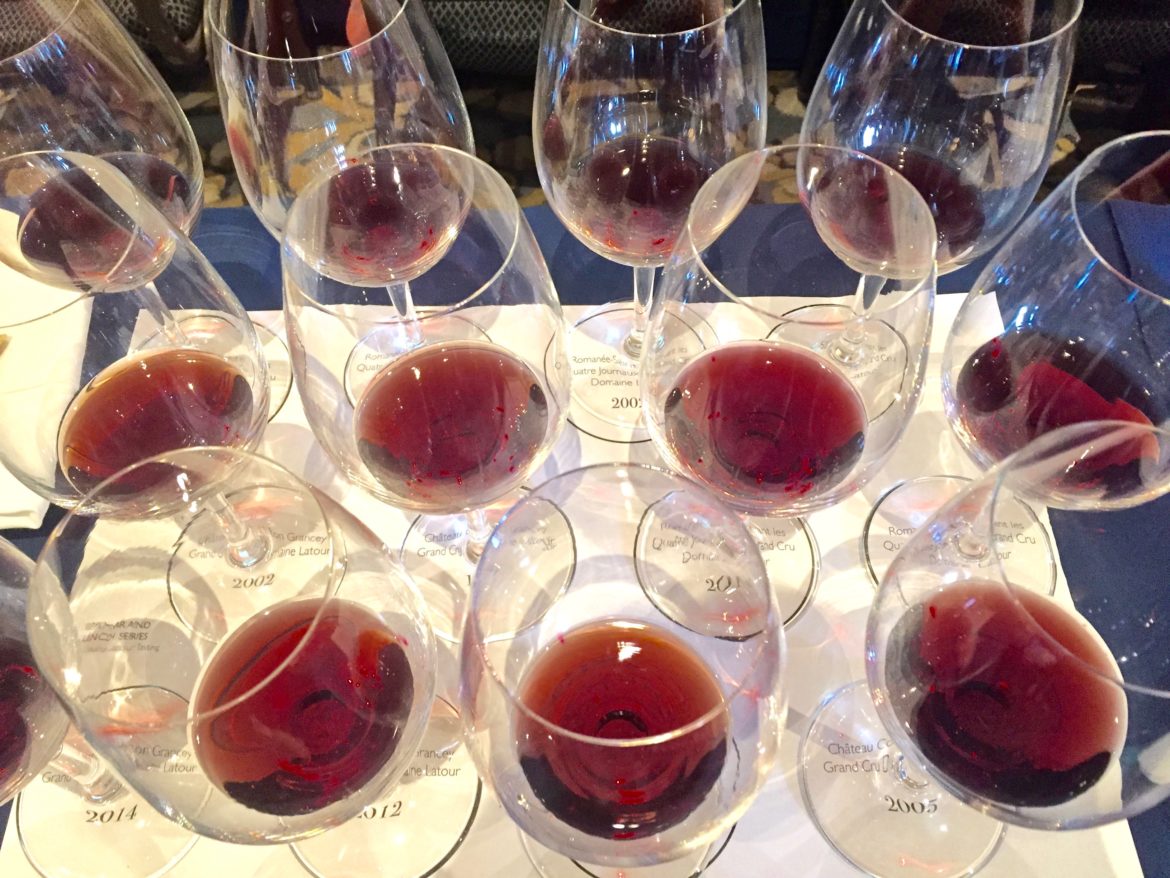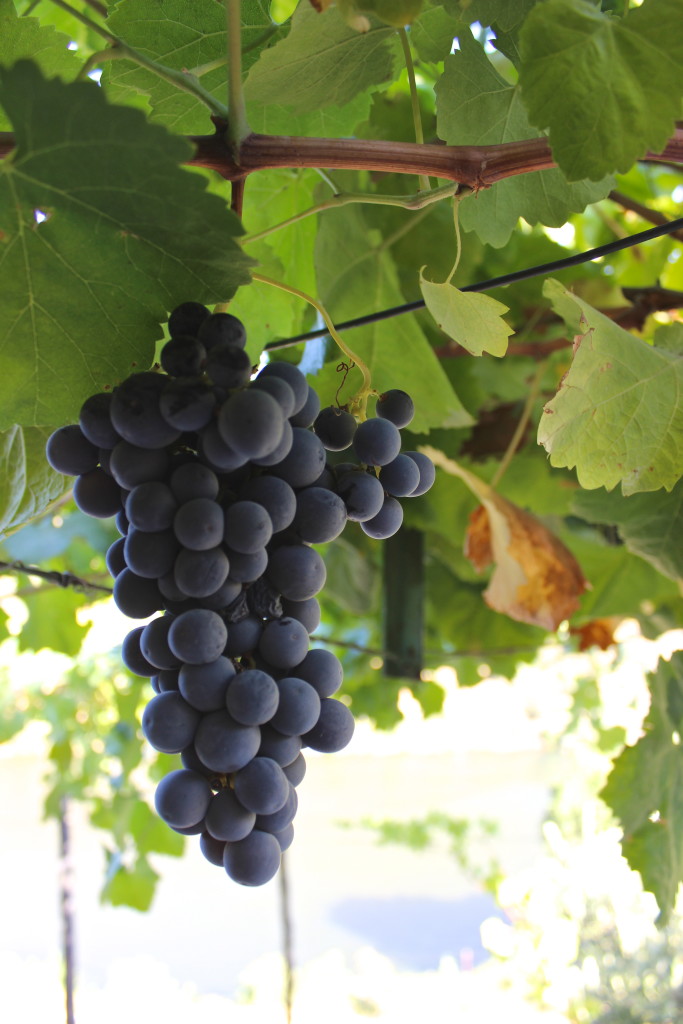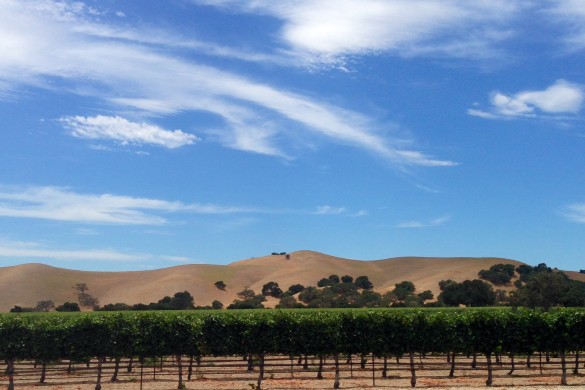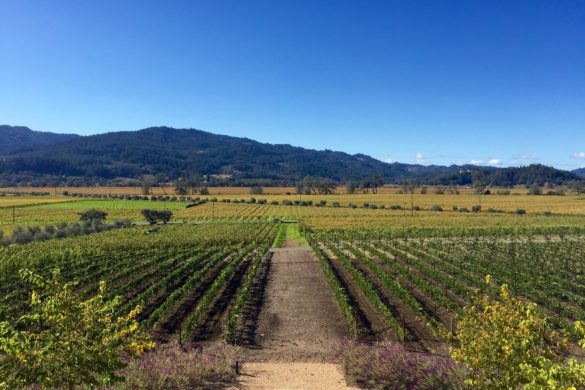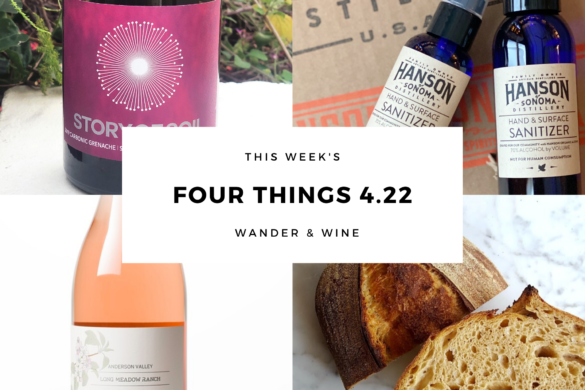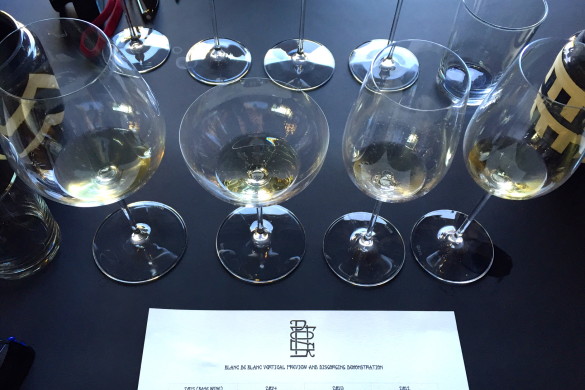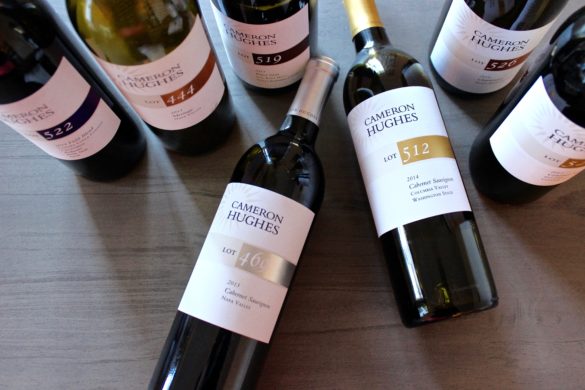You may be a budding wine enthusiast, but do you get overwhelmed when the conversation goes from “this wine tastes great!” to actually describing what you’re tasting? Learning what certain wine tasting terms mean can be a powerful skill to have. It’s not only fun to be able to speak in wine lingo, but it can help you understand what you do and don’t like in a wine, eventually helping a sommelier or salesperson steer you in the right direction. There are MANY ways to describe wine, but below are a few common wine tasting terms to start with!
COMMON WINE TASTING TERMS:
Corked – when a wine is affected by cork taint, either contaminated by a chemical reaction or oxidation, it can leave undesirable aromas in the wine (danky, moldy or wet dog aromas). Lovely, eh? It can also make the wine taste flat (no fruit flavor).
Fruit-forward – jammy, fruit-driven, juicy, ripe… these are common ways to describe a wine with dominant flavors of sweeter fruit. It doesn’t necessarily mean the wine is sweet, just that there’s noticeable fruit characters. Think fresh raspberries, blueberry jam, baked apples, etc.
Flabby – this means the wine doesn’t really have any acidity to balance it. Not a positive term.
Full-bodied – wines that fill your palate with texture and intensity. In many cases, these have higher tannin levels, more alcohol and are darker in color. Common words for full-bodied wines include rich, opulent, intense, structured and muscular.
Herbaceous – this term is used to describe aromas and flavors of eucalyptus, mint, dried herbs, tea, etc.
Hot – when a wine is high in alcohol, it’s often referred to as being ‘hot.’ It’s almost like the alcohol fumes are burning your nose!
Minerally / Minerality – typically, this is used when a wine’s flavors and aromas are reminiscent of things like slate, wet stone or chalk. Think earth/soil notes that help describe the vineyard’s origin.
Light-Bodied – this means the wine is lighter in overall body (weight, viscosity). It may seem delicate, subtle, lean or racy in your mouth (think of it as lemonade or skim milk versus whole milk). Generally, light-bodied wines will have less alcohol and tannin, with higher acidity.
Racy – a tart, lean wine with a lot of zesty acidity. It’s usually got a lot of brightness from high acid levels.
Savory – also known as earthy, rustic or Old World in style. Think of the opposite of fruit-forward wines. Savory indicates there are more earthy or herbaceous notes with less dominate fruit characteristics. Think kalamata olives, dried herbs, leather, game, tobacco… you get the picture.
Supple – when a wine is soft and round in your mouth, or velvety in texture, it’s described as supple. Basically, the tannins are well integrated so it’s not drying or astringent.
Tannic – used when a wine has high levels of tannins (compounds found in grape skins, stems and seeds, as well as oak barrels), which could mean it’s more bitter or astringent in taste. Feeling like the wine is drying out your mouth? That wine is probably tannic.
Toasty / Oaky – a wine that smells like toasty oak or any of the aromas that oak barrel aging can impart: toast, vanilla, caramel, smoke, coconut, nuts…
There you have it. A quick wine lingo lesson that will have you feeling like a wine geek in no time! Now pop open a bottle and let me know how you’d describe the wine you’re tasting. Let’s hear it!

